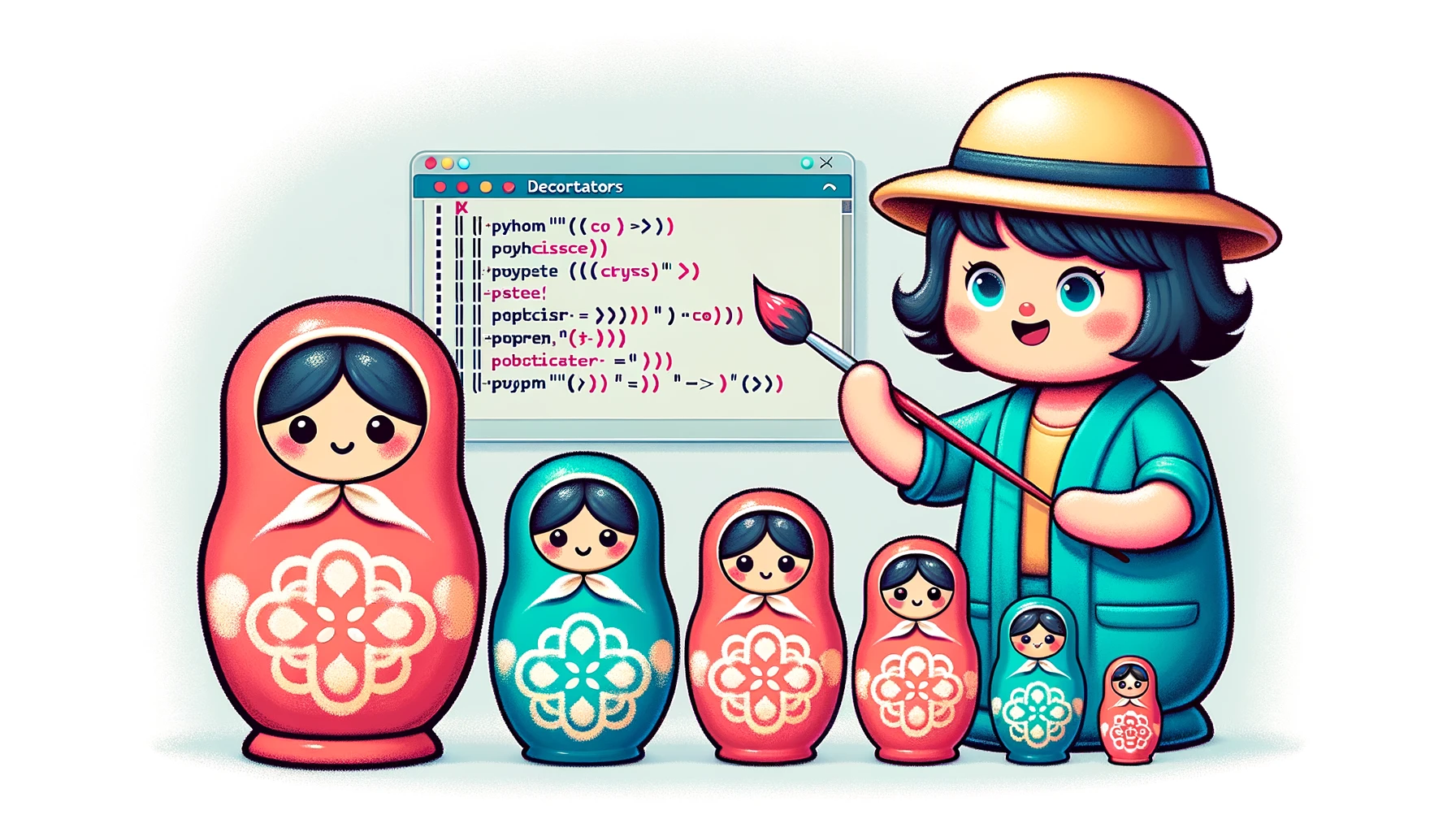When you start developing software, it is of utmost importance to have an isolated programming environment in which you can control precisely the packages installed. This will allow you, for example, to use experimental libraries without overwriting software that other programs use on your computer. Isolated environments allow you, for example, to update a package only within that specific environment, without altering the dependencies in every other development you are doing.
Python provides a very convenient tool called Virtual Environment that
allows you to do exactly what was described. The instructions are
slightly different depending on the operating system that you use, but
they are easy to adapt from one to the other. To install
Virtual Environment you can do it with pip, the package manager of
Python. Remember that sometimes you may have more than one version of
pip in your computer, in the same way, you may have more than one
version of Python. For example, if you are using Python 3, you would
type in the command line:
If you are on Linux, you may need to add sudo to the command:
sudo pip3 install virtualenv, depending on how you have installed
Python. This is the last installation that you do system-wide. From now
on, everything else will happen within a Virtual Environment. It is a
common practice to encapsulate projects in folders that also contain the
virtual environment. You have to be sure, however, that you don't add
your virtual environment folder to version control, or you will end up
having huge repositories.
The first line creates the folder for the project and then we move into
it. In the last line, we create the virtual environment within a folder
called venv and using a specific version of Python, in this case it is
python3. Now it is time to activate the virtual environment. On Linux
you would do:
while on Windows the command would be (pay attention to the .\ at the
beginning):
If everything went well, you will see that a (venv) appears at the
beginning of the command line. Now you are working inside the Virtual
Environment called venv and all the packages you install are going to
be stored within it. Let's install a package to see how it works.
The command will install a very specific version of Flask, which is not the most recent one. One of the useful aspects of virtual environments is that they allow you to keep track of all the packages that you have installed, including their versions. If you execute this command:
You will see all the installed packages. You should see that you have installed not only Flask, but all of its dependencies, each one with a specific version. It is wise to output the results to a file that you can use later on for automatically installing all the requirements of your project:
If you open the file requirements.txt you will notice that it contains
a list with all the packages from venv. To see the full potential of
Virtual Environment, let's create a second one. First, we need to
deactivate the one we are working on now by running:
And now we repeat the step above to create a new environment, but with a different name:
And we activate it:
or for Windows:
If we run again pip freeze you will notice that your environment is
empty. We can install all the packages contained in the
requirements.txt file by simply running:
If you check again with pip freeze you will notice that you have
exactly the same packages than in the venv environment. You can
upgrade Flask, for example:
And if you run again pip freeze you will notice that the version of
Flask has changed. Repeat the steps mentioned above in order to
deactivate test and activate venv. You will see that the version of
Flask stayed at 1.0 and was not upgraded.
Of course, you can run the freeze command outside of any virtual
environment to see all the packages installed in your computer. It is a
very useful way of keeping track of the packages that may need an
upgrade or that you no longer use.
How does the Virtual Environment Work
When you run programs from the command line, your operating system needs
to know where to find them. The location of the programs in Windows and
Linux is radically different, but they both are able to understand that
when you type python in the command line, you want to start the Python
interpreter. In order to achieve this, operating systems know where to
look for programs thanks to the so-called environmental variables. The
PATH is one of those variables that stores a list of folders where to
look for programs.
When you work in a virtual environment, all that you do is to replace
the relevant variables. In this way, when you run python in the
command line, it will first find the one that corresponds to the virtual
environment. For example, imagine that you have two different versions
of Python, let's say python (for Python 2) and python3 (for Python
3). When you create a virtual environment, you can specify which version
of python to use by adding the option -p at the end. In the examples
above, we have used python3, and therefore every time we type python
in the virtual environment, we will be actually triggering python3.
But that is not all. If you navigate to the folder of the virtual environment, you will see a folder called bin, where actually the executables for Python and Pip are located. In this way, you are isolated from the computer. If the OS decides to upgrade from Python 3.4 to Python 3.6, for example, you will still have the proper version in your virtual environment. If you navigate to the lib folder and go inside the python folder, you will find the site-packages, which are all the packages installed by pip.
If you have compiled programs that you want to use, in principle you can put them into the bin folder. If you have Python packages that are not installed through pip (such as PyQt4), you can install them system-wide and then just copy the appropriate folder into your virtual environment.
Be careful with name clashes
It is common that some python packages also generate entry points,
i.e. commands that can be triggered directly from the command line. For
example, if you are inside your virtual environment, you can run flask
directly from the command line. This behavior is very useful, but it can
easily collide with packages installed system-wide.
Imagine you installed Flask in your system, and then you start working
in a virtual environment that doesn't have Flask installed. If you run
flask it will work, but it will be using the version from your OS.
This is something very easy to miss when dealing with more complicated
packages such as the Jupyter notebook or sphinx for building
documentation.
There is no one solution that fits all. It is important for you to be
aware of the different problems that may arise when you run programs
directly from the command line. Especially Linux/Mac users should be
aware that when using the package manager and installing, for instance,
Jupyter, you will also create the proper links in the bin directory,
allowing you to run jupyter notebook directly. However, if you install
it through pip, there are no entry points. Therefore, if you just type
jupyter notebook, you will use the system one. To overcome this, you
can use the following command:
This will guarantee that you are going to use the package installed through Pip and not the one installed by your system.
Conclusions
It is almost impossible to overestimate how useful the Virtual Environment is. It will help you stay organized and out of conflicts when you develop software, and it will also avoid problems when you are installing different libraries that you want to test. It doesn't matter if it is for the lab computer or for analyzing data, if you keep your programs compartmentalized, you can be sure that they will all run properly, regardless of their specific needs.
Remember, every time you are about to start a new project, regardless of what it is, you should start by creating an appropriate Virtual Environment for it. In this way, you can be certain of the long-term prosperity of the code you write, regardless of where it will bring you.

